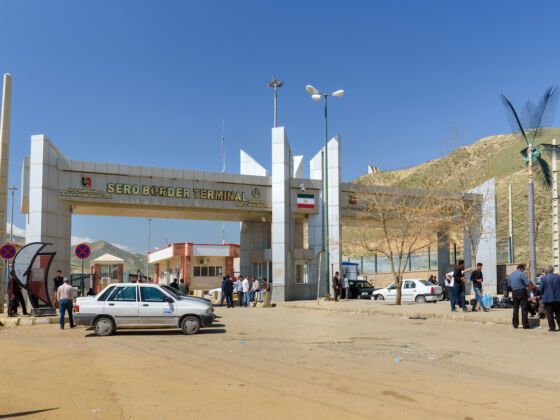Getting your visa for Iran
When entering Iran by land, rather than at an airport, your visa must be secured in advance. There’s no short-cutting the prescribed process:
-
- A travel agency with an office in Iran (Teheran is best) submits a visa application form on your behalf to the Ministry of Foreign Affairs in Teheran, which approves visa applications but does not issue the visa itself. The travel agency will supply you with the most current application form. All this can be done by email or fax.
- You don’t have to buy a package tour through the travel agency, but you’ll need to pay them something for their efforts. Additionally, at time of writing, Iran requires that all Americans have a government-approved guide with them while in the country. Someone will be assigned to travel with you whether you want that or not. And you’ll have to pay for their time and expenses.
- Expect to wait at least eight weeks before the Ministry releases an approval number for your visa. They’ll give this code to your travel agency and also transmit it to the Interests Section of the Islamic Republic of Iran, at the Pakistan Embassy in Washington, DC.
